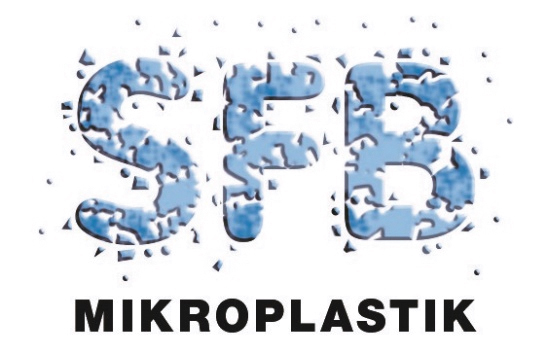Magazine Articles
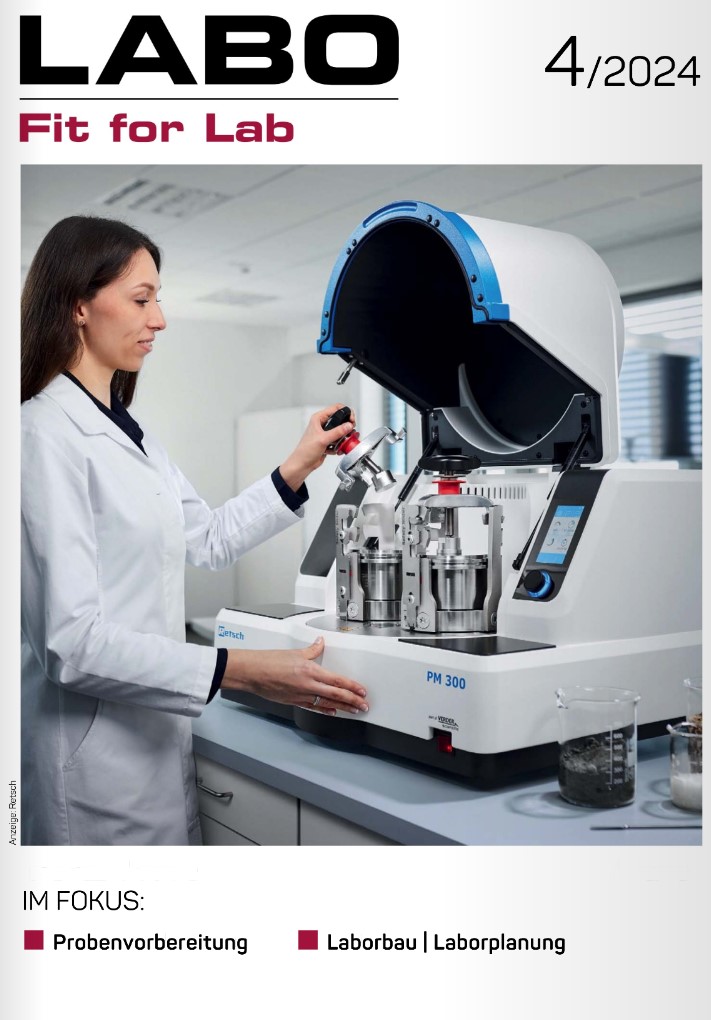
© Pelemedia GmbH
Not all microplastic particles are created equal - new article in LABO
New findings by a research team show that seemingly identical microplastic model particles from different manufacturers differ greatly in their properties and therefore interact differently with cells. .

ubt aktuell: Bayreuth scientists at the MainFlussFilmFest
Prof Laforsch and other researchers at the University of Bayreuth answer questions on the topic of "river health". For the second time, an entire "Water Month" has been organised for the city and region to draw attention to the threats to these sources of life while celebrating the beauty of nature.

Proof of concept for the production of new micropastics reference particles
Article in LABO, a journal for laboratory professionals, on the new publication by the SFB team on the development of a new concept for the production of microplastic reference particles..
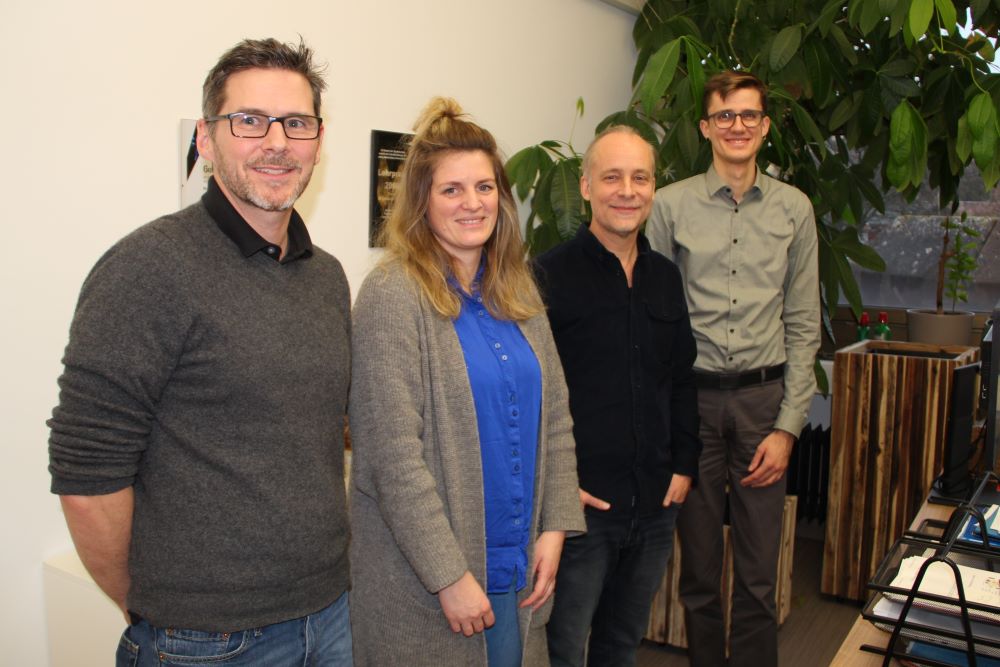
ubt aktuell: Bayreuth scientists at the MainFlussFilmFest
Prof Laforsch and other researchers at the University of Bayreuth answer questions on the topic of "river health". For the second time, an entire "Water Month" has been organised for the city and region to draw attention to the threats to these sources of life while celebrating the beauty of nature.
- Press Release UBT
- Original Article - Nature Communications

CRC Team writes chapter at thematic volume of Apollon University Press
Human health and the health of our planet are directly linked. Planetary Health as a multidimensional research discipline analyses these connections as well as the effects of human intervention in the Earth's natural systems and thus on our health. Prof. Laforsch, Anja F. R. M. Ramsperger and Sven Ritschar wrote the chapter: Microplastics and their potential impact on human health
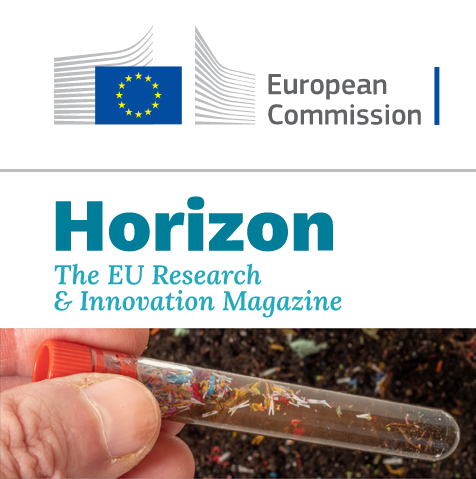
released 18.01.2023
Horizon - the research magazine of the European Cmmission highlights the CRC 1357 sister project and ITN network limnoplast
Growing awareness of microplastics in the ground and in freshwater highlights the need to tackle an environmental threat generally associated with oceans.Furthermore, also soil ecosystems come under the spotlight in plastics-pollution fight.
Discover more bit.ly/3HdyZVL
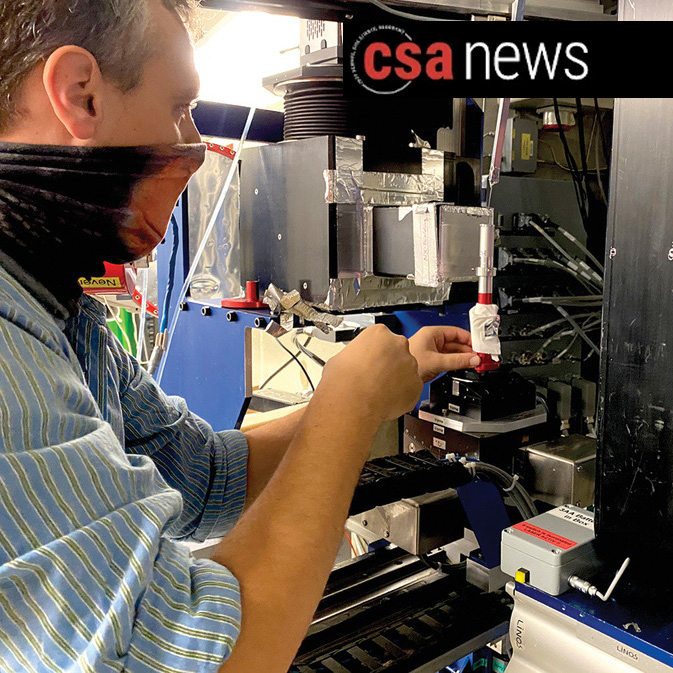
released 26.12.2022
New feature about Andreas Cramer and Andrea Carminati in csa news | The Incredible Shrinking Polymer - What Is Happening in Soils as Plastics Transform into Ever Smaller Pieces?
Plastics have been so ubiquitous in our lives for so long that it’s hard to imagine our world without them. In agriculture, they are so widespread and invaluable that the term plasticulture was coined to describe them. But as we produce hundreds of millions of tons of plastic products every year, they are piling up all around us, albeit in often unrecognizable or invisible forms. Although more conspicuous ocean plastics raised louder alarms initially, the pollution beneath our feet and among our crops has drawn the scrutiny of more and more soil scientists. In this article, we hear from some of the researchers examining how plastics impact soils and crops as they degrade from plastic mulch, masks, and latte cups into new and smaller forms.
- Click here for the fulltext and the video short
- Clkicke here for the highlighted CRC 1357 publication "Microplastic induces soil water repellency and limits capillary flow" in the Vadose Zone Journal

released 01.06.2022 - © H. Imhof
ubtaktuell: Making science exciting - PhDSymposium 2022
40 young scientists from all disciplines meet for the first personal doctoral seminar of the Collaborative A highlight is the science communication workshop with TerraX moderator Dirk Steffens and the start-up session moderated by the Institute for Entrepreneurship & Innovation with the start-ups Ecofario, Dermapurge and MYTRA.

released 17.09.2021
DFG Magazin: German Research 2/2021
Christian Laforsch, Andreas Greiner
An important contribution to the international visibility of the CRC1357 is the article "Cycle of Contamination" by Christian Laforsch and Andreas Greiner in the 02/2021 issue of the DFG magazine german research. The two speakers give a general overview of the topic of microplastics and present the goals and interdisciplinary approach of the Collaborative Research Centre on Microplastics in the article.
Of course, we were particularly pleased that the DFG chose our article for the cover of the international issue. Many thanks for that!

released 10.06.2021
GIT Labor-Fachzeitschrift 5-6/2021: Microplastics in freshwaters
- Analytically tracking down an environmental contamination
Julia Möller, Martin Löder, Ruth Freitag, Eva Lehndorff, Tillmann Lüders, Christian laforsch
Due to their versatile properties, plastics have enabled many technical and medical innovations to date. Due to their low production costs, they are very often used in the disposable packaging sector, which means that at the same time we are confronted with enormous amounts of plastic waste, some of which also ends up in the environment.

released am 28.04.2021
AWE Internatiol #69/2021: Growing Plastic
Julia Möller, Martin Löder, Ruth Freitag, Eva Lehndorff, Tillmann Lüders, Christian laforsch
The plastics industry is booming. Especially during the Covid19 pandemic there has been an increasing demand for acrylic glass shields, face masks, gloves, medical disposables, plastic wrappings for online shopping and takeaway food containers. The calls for the reduction of single-use plastic items have all but faded in the face of efforts to reduce the spread of the virus. But wherever plastic is used, waste is being generated – and unfortunately not always disposed of correctly.

released 15.07.2020
DFG Magazin: forschung 2/2020
Christian Laforsch, Andreas Greiner
In the DFG Magazine forschung 2/2020, Christian Laforsch and Andreas Greiner present the Collaborative Research Centre Microplastics in the article "Microplastics in the Environment: Cycle of Contamination". The two speakers give a general overview of the topic of microplastics and provide insight into the goals of the collaborative research centre as well as the interdisciplinary approach of the scientific team.

Released 03.06.2020
Sustainable plastics: University of Bayreuth researchers contribute to international White Paper
Researchers of the University of Bayreuth have taken a leading role in developing a White Paper on sustainable plastics, which four chemical associations from Germany, the UK, China, and Japan published today under the title "Science to enable sustainable plastics". The White Paper contains numerous recommendations for future research into the environmental impact of plastics, the development of new plastics, as well as recyclability and natural degradation.
- White Paper "Science to enable sustainable plastics"
- Press Release UBT Sustainable Plastics
- Press Release Royal Society of Chemistry Sustainable Plastics

Erschienen im Januar 2020
Plastverarbeiter 01 - 2020: Theresa Menzel & Volker Altstädter, Zurück auf Anfang - Über die Entstehung von Mikroplastik
Plastics have fallen into disrepute and are now considered one of the most acute environmental problems. In the context of environmental pollution by plastics, microplastics (MP) play an increasing role. The resonance of the scientific discourse in society is considerable. Open questions about the effects of microplastics on nature and the dangers for animals and humans urgently need to be scientifically
be scientifically investigated and understood. At the University of Bayreuth, an interdisciplinary team has come together to uncover the complex interrelationships from the formation and decay of macroscopic plastic parts to microscopic particles, via transport in the environment, to the absorption of microplastics into the cells of a living being. Appropriate solutions are developed from the findings.

released January 2020
Unterricht Chemie 179: Wissenschafft trifft Schule, Mikroplastik als Thema im naturwissenschaftlichen Unterricht
Nils Kreienhop, Julia Möller, Christian Laforsch & Marco Beeke
In social, scientific and political debates, current problems and challenges of scientific research are intensively discussed at almost any time. One of these top issues is the plastic and microplastic problem; the debates on this have already triggered corresponding effects in many respects, both at the consumer level and at the political, economic and scientific level, e.g. in the form of changes in consumer behaviour with regard to various plastic products. In the natural sciences, too, many many research groups in the natural sciences have also been working intensively on the topic of plastic and microplastics for several years.
Due to the high degree of topicality, it is of course obvious to take up the topic in science lessons.

released 15.10.2019
Annual Magazine "Kunststofftechnik 2019"
Volker Altstädt
Almost every day, we hear news about the pollution of the environment by plastics.
Not infrequently, the keyword "microplastics" is mentioned. Researchers have been working on detecting and quantifying such particles in the environment. But we urgently need a better understanding of the microplastic particles' processes - from their formation to their uptake into the cells of living organisms. Only with this knowledge will it be possible to assess the effects of microplastics on nature and the dangers for animals and humans. An interdisciplinary team has come together in Bayreuth to form the "CRC 1357 - Microplastics" to tackle this complex task.

released 01.04.2019
Rural areas - focus on plastics
Julia Möller, Christian Laforsch
The pollution of the environment by plastics continues to increase. Already known input pathways like wastewater, sewage sludge, and improper waste disposal (littering) are accompanied by private individuals and companies that dispose of plastic packaging in their organic waste bins and contribute to the constant pollution of the environment by plastic waste. In addition, despite complex purification processes, tiny plastic particles often remain in compost and fermentation residues from biowaste recycling plants and then end up as soil conditioners in our fields.

